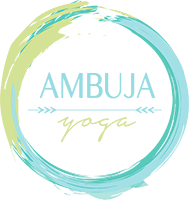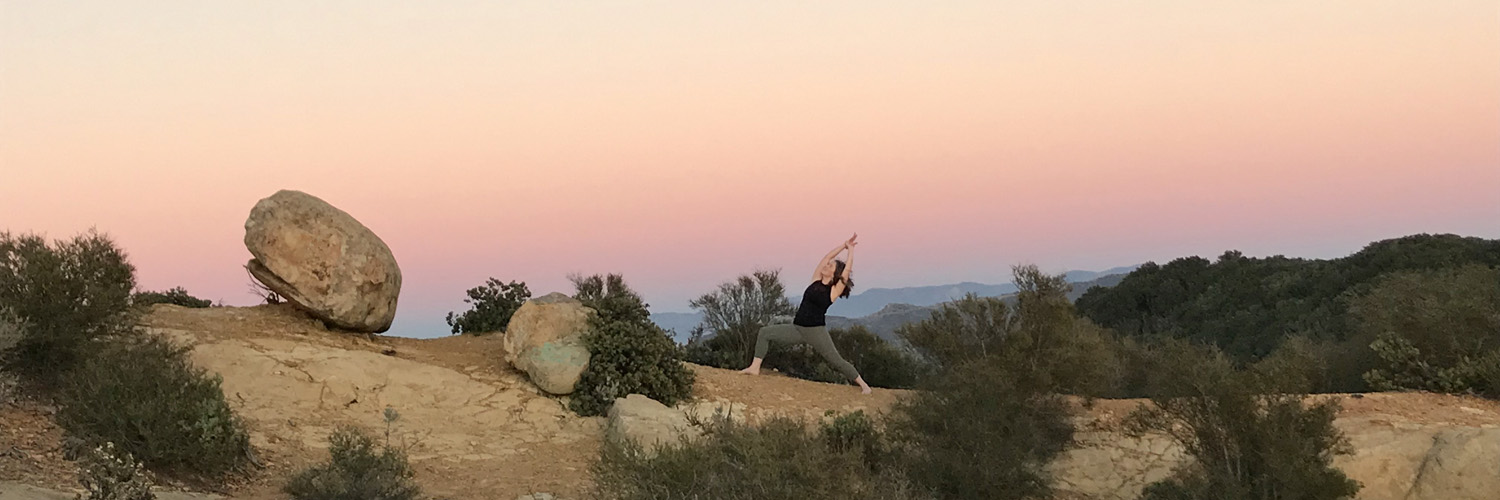If you are a yogi, aspiring yogi, or interested in mind/body/energy healing, Chakras play a big role in these activities. Chakras are our energy centers. The sanskrit word stands for “wheel”, “circle”, as well as “cycle”. There are seven main “energy centers” on each and every one of our bodies. At each of the seven energy centers, there are openings for life that allow energy to flow in and out of the aura. These openings start at the bottom of the spine and work their way up to the crown of the head.
You may be wondering what the purpose of these openings are. Well, the Chakras function is to stimulate the physical body and help aid and develop our self-consciousness. We must keep our Chakras open to flowing energy because a blockage in a chakra can result in illness. The invisible energy flowing through our Chakras is called Prana, which is what keeps us vibrant, healthy, and alive. The swirling energy flowing through each Chakra harmonizes with nerve centers within our bodies. This flow of energy helps benefit our bodies psychologically, spiritually, and emotionally.
So how do you know if you have a blocked Chakra? You may be feeling off balanced emotionally or physically aching, sore, stiff, or even sick. One of the best examples I have heard is of a son who lost his mother and shortly after developed bronchitis. The ache in his chest from each time he cough was directly correlated to the ache in his heart he felt because his mother passed. Typically when we have a physical issue it results in weakness in our emotional behavior and vice versa. By guiding your awareness to a blockage it will help open your blocked chakra and promote healing for your body physically as well as emotionally.
Identifying The Seven Chakras:
1. The Root Chakra (Muladhara)
The Root Chakra is our main hub, our survival center. Located at the base of our spine, it has the deepest connections with our physical bodies, environment, and Mother Earth. It holds the first three vertebrae, our bladder, and our colon.
- When this chakra is open we feel safe and fearless.
- When there is a blockage or an imbalance in the Root Chakra it will result in physical issues such as; tailbone, legs, feet, rectum, immune system. Emotional imbalances includes negative feelings affecting our basic survival needs such as; money, food, shelter, ability to provide necessities for oneself.
2. The Sacral Chakra (Svadhisthana)
The Sacral Chakra holds our ability to accept others. It is our creativity, passion, grounded intuition, and sexuality center. It is located above the pubic bone, about two inches below the navel and two inches in.
- When the chakra is open we feel committed, creative, passionate, sexual, outgoing.
- When there is a physical imbalance in this chakra it may result in sexual disfunction, reproductive issues, urinary problems, kidney issues, hip, pelvic, and lower back pain. Emotional Imbalances include problems with commitment to relationships, inability to express emotions, fear of betrayal, and addiction issues.
3. The Solar Plexus Chakra (Manipura)
The Solar Plexus Chakra is our ability to be confident and have control over our lives. It is located at the upper abdomen and stomach region extending to the breastbone.
- When the chakra is open we feel confident, have self worth, willpower, self discipline, warmth in our personality.
- Some physical imbalances of this chakra include digestive issues, liver dysfunction, chronic fatigue, stomach ulcers, diabetes, high blood pressure, pancreas and gallbladder problems, colon diseases. Emotional Imbalances include our inner critic coming out, no self worth, fears of criticism, rejection, physical appearance.
4. The Heart Chakra (Anahata)
Located at the heart this chakra is in the middle of the seven and unites the lower chakras of matter and the upper chakras of spirit. The Heart Chakra is our source of love and connection. The fourth chakra is a bridge between mind, body, emotion, and spirit.
- When the Heart Chakra is open we feel at peace, love, and joy. “Unhurt, unstruck, and unbeaten”, is the Sanskrit meaning of this chakra.
- When physical imbalances occur, asthma, heart disease, lung disease, breast issues, lymphatic system issues, upper back and shoulder problems, along with arm and wrist pain. Emotional Imbalances include over loving to the point of suffocation, jealousy, anger, bitterness, fear of loneliness.
5. The Throat Chakra (Vishuddhi)
The Throat Chakra is the voice of our body. The fifth chakra is located in the throat. This chakra focuses on the ability to communicate and express how we feel.
- When this chakra is in balance we have the ability to speak our highest truth, honest and truthful, good listener, free flowing words and expression.
- Physical issues resulting from an off balance Throat Chakra is thyroid issues, laryngitis, TMJ, sore throats, ear infections, facial problems, neck, and shoulder pains, as well as ulcers. Emotional Imbalance includes issues of self expression through communication, the fear of no power or choice, no willpower, or feelings of being out of control.
6. The Third Eye Chakra (Ajna)
Our source for intuition and ability to focus and see the big picture. This chakra is located between the eyebrows.
- When our Third Eye Chakra is balanced we will feel clear, determined, and focused. We can distinguish between truth and illusion. We are open to insight.
- When our Third Eye Chakra has a physical imbalance we may have headaches, sinus issues, blurred vision, hearing loss, hormone malfunction. When there are emotional imbalances we may be moody, volatile, have the inability to learn from others, daydream and have an exaggerated imagination.
7. The Crown Chakra (Sahasrara)
The Crown Chakra is the high chakra and it represents spiritual enlightenment. This chakra is located at the top of our head. It centers trust, devotion, inspiration, happiness, and positivity.
- When this chakra is balanced we feel present in the moment and have an unshakable trust within ones self.
- When there is a physical imbalance of the Crown Chakra depression, inability to learn, sensitivity to light, sound , and environment may be present. When there is an emotional imbalance issues with self knowledge may arise, constant confusion, and alienation.
- Super Easy Super Delicious Vegan Tomato Soup - September 15, 2016
- The 7 Chakras Every Yogi Must Know - July 20, 2016

 Ambuja Yoga
Ambuja Yoga 


